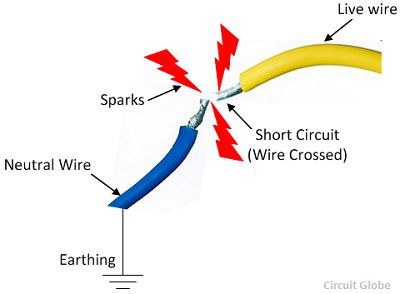Electrical wire connections otherwise known as conductors come in many styles and existing scores to strength from a basic tiny product to weighty-responsibility commercial equipment. Protection and power over power techniques are very important to preventing overloads and quick circuits. So what’s the real difference between your two?
 Overloads – Power conductors are measured to particular gear based on how significantly existing the machine will attract. To guarantee the conductors usually do not go beyond their present ranking (calculated in amps), a defensive system, normally a circuit breaker is installed within the circuit by using a existing score complementing that from the conductors. In a overload situation, the present flowing on the weight is higher than the present rating of the conductor and for that reason the circuit breaker. If prolonged, the circuit breaker shielding the circuit will warm and “journey” opening the circuit to avoid harm to wiring or gear. For instance, way too many home appliances plugged into the same outlet and running and at the same time could excess the circuit by surpassing its recent score. Without a circuit breaker, the conductors inside the circuit may potentially heat as much as a stage in which the insulated layer around the conductor’s burn making a blaze risks.
Overloads – Power conductors are measured to particular gear based on how significantly existing the machine will attract. To guarantee the conductors usually do not go beyond their present ranking (calculated in amps), a defensive system, normally a circuit breaker is installed within the circuit by using a existing score complementing that from the conductors. In a overload situation, the present flowing on the weight is higher than the present rating of the conductor and for that reason the circuit breaker. If prolonged, the circuit breaker shielding the circuit will warm and “journey” opening the circuit to avoid harm to wiring or gear. For instance, way too many home appliances plugged into the same outlet and running and at the same time could excess the circuit by surpassing its recent score. Without a circuit breaker, the conductors inside the circuit may potentially heat as much as a stage in which the insulated layer around the conductor’s burn making a blaze risks.
Quick-circuits – When a circuit pathway is disturbed, typically unintentionally, existing is not going to stream to the stress along with a quick-circuit problem happens. By way of example, in case a desk light fixture is connected to an electrical wall plug and its particular cord is instantly minimize with cable cutters, there is very little or no resistance from the prevent short circuit. This leads to the existing to arrive at a very great importance causing the circuit breaker to journey immediately.